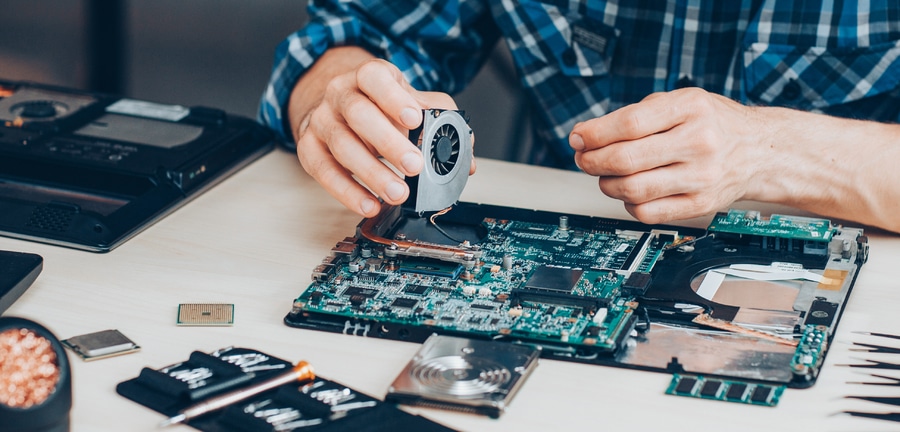
#Industry News
Why Medical Computers Need a Long Life Cycle
Discover why medical computers need to have long product life cycles, and how manufacturers accomplish this.
A device's "life cycle" is the span of time covering its production and support by the manufacturer. The nature of the tech industry means that many products have very short life cycles, as the pace of innovation makes devices obsolete in a shockingly quick period of time.
However, constant updates and changes are the last thing you want in a medical computer. A change in hardware can lead to software (or vice versa) becoming incompatible. This makes employee training irrelevant, forces you to replace other components, shuts down hospital wards, and leads to a dozen other headaches.
For this reason, choosing computers with long product life cycles is critical for these sectors. In today’s article, we’ll review how manufacturers can design their products for longer life cycles and the benefits of this approach.
How Manufacturers Develop And Support Computers for a Long Life Cycle
In the tech industry, most of the focus is on the latest and best: the fastest processors, the most RAM, the highest resolution, etc. But as previously stated, constantly upgrading and replacing equipment isn't just expensive, it also disrupts workflows. In an sector like healthcare, where lives literally depend on there being zero interruptions in care, these kinds of disruptions simply aren't acceptable.
For this reason, computer manufacturers will design their medical computers for a long life cycle by:
- Using durable components that can withstand the stress of their operating environment.
- Implement design features like fanless cooling, IP65-sealed cases, and minimal moving parts that further enhance reliability.
- Ensuring compatibility with a wide range of other devices via both legacy and modern ports. This lets the customer continue using older legacy devices while still upgrading to new options as they see fit.
- Committing to a product’s software image and not changing it later on. This is critical for computers that must be tested and certified before they can be used, as any change to software can force the computer to be re-certified (a slow and expensive process).
- Providing customer support over the long term so they don’t have to purchase replacements.
- Offer customization options to the customer’s specific needs, enabling them to get the maximum functionality from their purchase. This minimizes the chance that they will need to replace the computer early.
Benefits of a Long Product Life Cycle
Healthcare groups can reap numerous benefits from using products with a long life cycle, including:
- Maximizing ROI: A computer that lasts for ten years rather than only five saves the company money on purchasing replacements. Given how expensive equipment in the medical sector can get, reducing the need for replacements can go a long way toward reducing expenses.
- Reducing training requirements: By not having to constantly train employees on new or updated equipment, companies do not have to disrupt their operations. This is especially critical in the healthcare industry, where hospital wards often cannot afford to cease operations.
- Freeing up IT departments: Rolling out new computers or tablets can be incredibly time-consuming for IT departments. By reducing the need to deploy new technology or troubleshoot the inevitable bugs that come with new releases, IT departments can instead focus on other tasks.
- Maintaining regulatory compliance and certification: For some industries, changing a computer’s software can affect its certifications and force it to get re-certified. For example, the FDA requires electronic devices used in the healthcare industry to be certified for their safety, and changing the device can void that certification. A long product life cycle reduces the need to re-test and re-certify the computer or the equipment it is attached to.
Closing Thoughts
For end-users to get the most out of their medical computers, manufacturers must design and support for as long a product life cycle as possible. Doing so allows their customers to maximize their investment and ensure reliable performance for years to come.
If you’re looking for medical computers with long product life cycles, contact the team at Cybernet. We’d be happy to explain how we design and manufacture our devices with longevity in mind and how we can support them for years beyond their initial assembly.





